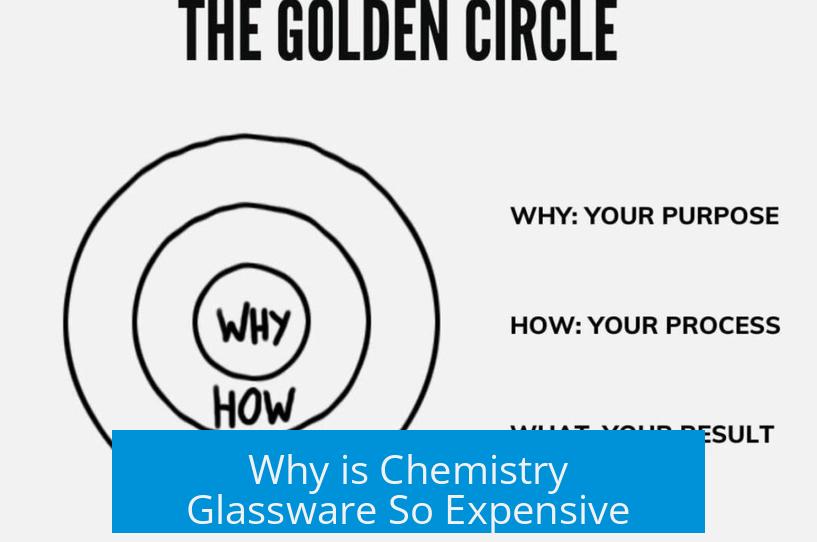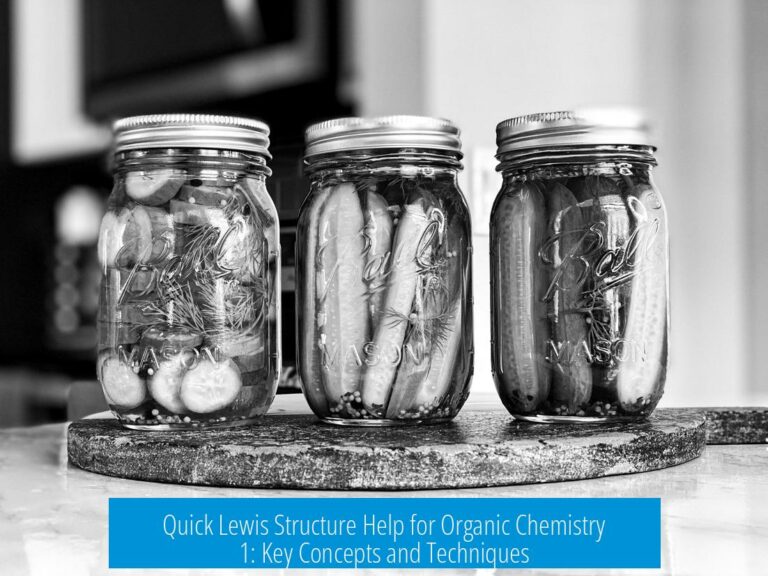Why is Chemistry Glassware So Expensive?

Chemistry glassware is expensive because it requires specialized raw materials, precise manufacturing, strict quality controls, and costly handling. Additionally, market factors such as supply-demand balance, targeted customer base, and regional regulations contribute heavily to the high prices.
Material and Manufacturing Challenges

Lab glassware typically uses borosilicate glass due to its heat resistance and chemical durability. This glass is harder to process than regular glass, requiring skilled handcrafting known as scientific glassblowing. Temperature control during production is critical to prevent cracks or explosions when heated.
Unlike ordinary glass, lab glass does not employ additives to improve thermal resistance. Its manufacturing involves carefully controlling temperature and ensuring purity to avoid contamination. Strict quality control ensures the glassware does not leach substances into chemical samples.
Manufacturing borosilicate glass carries another burden in regions like the European Union, where stringent emissions regulations increase production costs significantly. These laws affect factories’ emissions footprints, causing higher operational expenses and thus prices.
Market Economics: Supply, Demand, and Pricing
There is an imbalance between high demand for quality lab glassware and its limited supply. This scarcity, combined with the complexity of production, drives prices upward. Suppliers set prices according to what academic, industrial, or clinical customers are willing to pay.
Markups on scientific equipment can be substantial. For example, adding the label “scientific” or “laboratory” often multiplies price by several hundred or even thousand percent. Large companies like Fisher Scientific capitalize on the captive market of well-funded institutions, making premium pricing common.
Price Variations by Region and Purchase Volume
Prices for identical items vary widely across regions. In some countries, a 1-liter beaker may cost as low as 1–2 euros, while elsewhere similar glassware sells for many times more. Such differences reflect shipping, local production capabilities, and market demand.
Bulk purchases heavily reduce per-unit cost. Labs and companies often negotiate discounts or buy through vendors providing case quantities. Conversely, individual buyers or small purchasers face much higher prices. Some sellers on platforms like AliExpress offer cheaper, lower-grade glassware but with quality risks.
Branding, Market Segmentation, and Customer Base
Lab glassware markets target institutions with little emphasis on cost-saving. Universities and companies generally tolerate higher prices, enabling suppliers to maintain steep markups. Branding ties to scientific quality reinforce this pricing strategy, even if the base material is chemically similar to common glass.
This market segmentation strategy parallels other industries where identical products carry vastly different prices depending on labeling and target users.
Shipping, Handling, and Durability Costs
Glassware is heavy and fragile. Shipping entails higher expenses due to the risk of breakage and the need for careful handling. Specialized packaging and cautious logistics add further overhead. Unlike everyday glass items such as mugs, lab glassware demands “perfectness” and resistance to harsh environments.
Quality Control and Functional Specifications
Scientific glassware must meet exact standards not only in shape and size but also chemical inertness and thermal tolerance. The glass must not contaminate contents or react under experimental conditions. Quality control processes verify leak-proof characteristics and defect-free materials.
While ordinary containers might suffice for simple storage, professional chemistry requires certified glassware. For instance, a borosilicate beaker withstands rapid heating better than household jars, critical in experiments.
Business Perspectives and Industry Structure
Many producers are small family-owned businesses or specialized manufacturers with limited capacity. This limits supply and increases costs. Some manufacturers offer direct sales mainly to labs, often requiring volume purchases or institutional accounts.
Key Takeaways
- Specialized borosilicate glass requires precise, labor-intensive manufacturing with strict temperature control.
- Quality control ensures chemical inertness and durability for lab safety and accuracy.
- High demand from research institutions supports large markups by suppliers.
- Regional regulations, especially in the EU, increase production costs due to emissions standards.
- Shipping and fragility add to costs, requiring special handling and packaging.
- Prices vary widely by region and are significantly lower when bought in bulk.
- Branding and market segmentation cause steep price differences versus non-scientific glassware.
Why does borosilicate glass cost more than regular glass for labware?
Borosilicate is harder to handle and requires precise scientific glassblowing. It cannot use additives to resist heat, so the manufacturing process must be tightly controlled to avoid breakage.
How do strict EU regulations affect the price of chemistry glassware?
The EU enforces tight emissions standards that raise costs for borosilicate glass production. This makes manufacturing more expensive compared to other regions, pushing prices higher.
Why do lab glassware prices include high markups beyond production cost?
Suppliers charge what academic and industrial buyers will pay. The market tolerates large markups because demand is limited and specialized, not purely based on manufacturing cost.
Does buying glassware in bulk reduce the price significantly?
Yes. Labs usually get large discounts by ordering in bulk and through supplier contracts. Single items bought individually often appear expensive due to lack of volume pricing.
How do shipping and fragility contribute to the cost of chemistry glassware?
Glass is heavy and fragile, requiring careful packing and costly shipping. Handling fees to prevent breakage add to the final price.
Is branded lab glassware worth the high price compared to generic containers?
Lab glassware passes strict quality control to ensure no contaminant leaching. Though some tasks can use generic jars, specialized work like distillation needs certified lab glass for accuracy and safety.





Leave a Comment